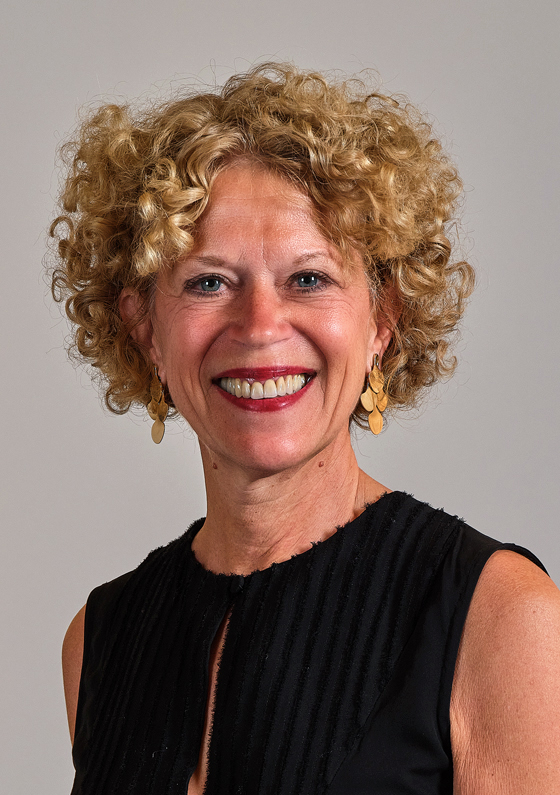Emil Nolde *

(Nolde, Schleswig 1867–1956 Seebüll)
Gypsy girl in red-purple dress, 1921, signed Nolde, watercolour on thin japan paper, 46.5 x 33.8 cm, framed
The work is painted in spring 1921 on Nolde’s journey to Spain during his stay in Granada.
Photo-Certificate:
Prof. Dr. Manfred Reuther, Klockries, 1 March 2018. The work is registered in the archive under the number “Nolde A-72/2018”
Literature:
Emil Nolde, Reisen-Achtung-Befreiung (1919–1949),
Cologne 1967, p. 45f.
Provenance:
Since the 1920’s in german ownership
European Private Collection
Watercolour has played an important role in Emil Nolde’s works throughout all his creative periods. It was after his voyage to the South Seas in 1913/14 that he began to produce his famous, luminous watercolours. Nolde freed the colours from their formal constraints and experimented with diverse painting techniques.
The present watercolour was probably painted in the spring of 1921, while Nolde was staying in Granada during a trip to Spain. “Granada, the culturally saturated city of the Moorish period, the city with its beautiful palaces, its dreaming ponds, its stone lion’s court, its playful ornaments, all is cheerful and light.” Nolde recalled of his journey, which he undertook with his wife. Nolde wrote in particular about the Sinti and Roma people in Granada, “the location of Granada is magnificent. But it was the many gypsies that particularly interested us, it is said there are three thousand of them [...] They reminded us of the harmlessly beautiful, primitive people of the South Seas, distant and different, and yet similar in their human independence. Here it was the brown-skinned, black-haired gypsies, in the midst of whom we stood and I lived whilst working” During his month stay in Granada, Nolde created a large number of portraits and studies. It appears as though Nolde painted his watercolours at the scene, without sketches and without the peace of a studio.
The watercolour “Gypsy Girl in a Red-Purple Dress” shows a young woman with dark skin and dark hair, in lateral profile against an equally dark and undefined blue-black background. Emil Nolde merely sketches the silhouette of the young woman wearing a striking earring.
He applied the colours, using the wet-on-wet technique, in a strong blue, black, brown and red-purple to thin Japanese paper. His emphasis on the face of the young woman exaggerates the luminosity of the colours and it becomes clear that colour and its effect was his primary interest.
All quotes from: Nolde, Emil. Reisen, Ächtung, Befreiung. 1919–1946, edited by the Ada and Emil Nolde Foundation, Seebüll, Cologne 1967, p. 45f.
Specialist: Dr. Petra Maria Schäpers
 Dr. Petra Maria Schäpers
Dr. Petra Maria Schäpers
petra.schaepers@dorotheum.de
24.11.2020 - 16:00
- Realized price: **
-
EUR 176,847.-
- Estimate:
-
EUR 120,000.- to EUR 150,000.-
Emil Nolde *
(Nolde, Schleswig 1867–1956 Seebüll)
Gypsy girl in red-purple dress, 1921, signed Nolde, watercolour on thin japan paper, 46.5 x 33.8 cm, framed
The work is painted in spring 1921 on Nolde’s journey to Spain during his stay in Granada.
Photo-Certificate:
Prof. Dr. Manfred Reuther, Klockries, 1 March 2018. The work is registered in the archive under the number “Nolde A-72/2018”
Literature:
Emil Nolde, Reisen-Achtung-Befreiung (1919–1949),
Cologne 1967, p. 45f.
Provenance:
Since the 1920’s in german ownership
European Private Collection
Watercolour has played an important role in Emil Nolde’s works throughout all his creative periods. It was after his voyage to the South Seas in 1913/14 that he began to produce his famous, luminous watercolours. Nolde freed the colours from their formal constraints and experimented with diverse painting techniques.
The present watercolour was probably painted in the spring of 1921, while Nolde was staying in Granada during a trip to Spain. “Granada, the culturally saturated city of the Moorish period, the city with its beautiful palaces, its dreaming ponds, its stone lion’s court, its playful ornaments, all is cheerful and light.” Nolde recalled of his journey, which he undertook with his wife. Nolde wrote in particular about the Sinti and Roma people in Granada, “the location of Granada is magnificent. But it was the many gypsies that particularly interested us, it is said there are three thousand of them [...] They reminded us of the harmlessly beautiful, primitive people of the South Seas, distant and different, and yet similar in their human independence. Here it was the brown-skinned, black-haired gypsies, in the midst of whom we stood and I lived whilst working” During his month stay in Granada, Nolde created a large number of portraits and studies. It appears as though Nolde painted his watercolours at the scene, without sketches and without the peace of a studio.
The watercolour “Gypsy Girl in a Red-Purple Dress” shows a young woman with dark skin and dark hair, in lateral profile against an equally dark and undefined blue-black background. Emil Nolde merely sketches the silhouette of the young woman wearing a striking earring.
He applied the colours, using the wet-on-wet technique, in a strong blue, black, brown and red-purple to thin Japanese paper. His emphasis on the face of the young woman exaggerates the luminosity of the colours and it becomes clear that colour and its effect was his primary interest.
All quotes from: Nolde, Emil. Reisen, Ächtung, Befreiung. 1919–1946, edited by the Ada and Emil Nolde Foundation, Seebüll, Cologne 1967, p. 45f.
Specialist: Dr. Petra Maria Schäpers
 Dr. Petra Maria Schäpers
Dr. Petra Maria Schäpers
petra.schaepers@dorotheum.de
|
Buyers hotline
Mon.-Fri.: 10.00am - 5.00pm
kundendienst@dorotheum.at +43 1 515 60 200 |
| Auction: | Modern Art |
| Auction type: | Saleroom auction with Live Bidding |
| Date: | 24.11.2020 - 16:00 |
| Location: | Vienna | Palais Dorotheum |
| Exhibition: | online |
** Purchase price incl. charges and taxes(Country of delivery: Austria)
It is not possible to turn in online buying orders anymore. The auction is in preparation or has been executed already.
